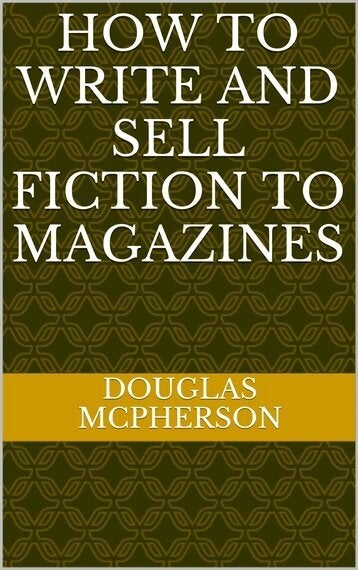Romance writers are often reluctant to talk about formula, for fear of cheapening the genre or making something creative sound mechanical. There is, however, a cast iron formula used by every one of them, from the best to the worst, and which will never let you down whether you're writing a magazine story, a Mills and Boon novella or a full length novel.
And this, ladies and gentlemen, is it:
1 - Bring your heroine and hero together at the very beginning and show their attraction for each other.
2 - Introduce an obstacle that keeps them apart. Standbys include: one is married or in an existing relationship (or appears to be); one is about to leave the country; they live in vastly different worlds, i.e. he's a tycoon, she's the humblest employee; one is commitment-phobic; he's a chauvinist, she's a feminist and they can't get along.
3 - Contrive ways to continually bring the characters together and deepen the bond between them while keeping the same obstacles or new obstacles in place to stop them getting together.
4 - Build up to a crisis or 'black moment' when it seems all hope for the future is lost. For example, one of them is about to marry the wrong person, or is about to perish in a house fire etc. Let the heroine feel the sense of loss.
5 - Pull out a happy ending where disaster is averted, the obstacles are overcome and, on the very last page, the reunited couple fall relieved into each other's arms to live happily ever after.
To turn that structure into an original story, just add a colourful setting and two likeable characters.
Romance is escapism, so take your readers somewhere they'll enjoy. If you want to sell books around the world, think glamorous locations with a universal appeal: New York, Rome, the Greek Islands, the Swiss Alps.
How many readers in Milwaukee or Dresden do you think want to read a book that transports them to Scunthorpe? They will, however, lap up a fantasy England of London tourist spots, stately homes and picture postcard cottages in the Cotswolds.
On the subject of fantasy, make your hero the stuff of dreams. I'm no expert on what women want but, for whatever reason, Mills and Boon sell shiploads of books about American billionaires, Greek tycoons and wealthy sheiks.
If he isn't rich, he should be clever, hunky, funny or some other desirable quality.
The heroine, meanwhile, is the person through whom we experience the story, so give her a job, clothes and places to visit that the readers can enjoy vicariously.
Above all, make her a likeable Cinderella who deserves to net her prince.
It may sound mechanical, but writing a story is like building a house. Some houses are bigger, grander and more attractive than others. Adding the fancy fixtures and fittings is where your skill as a writer comes in, and if you make the decor swish enough your readers won't notice that beneath the surface your stately home of a story was constructed in exactly the same way as the humblest abode.
Douglas McPherson is the author of How To Write and Sell Fiction to Magazines.
